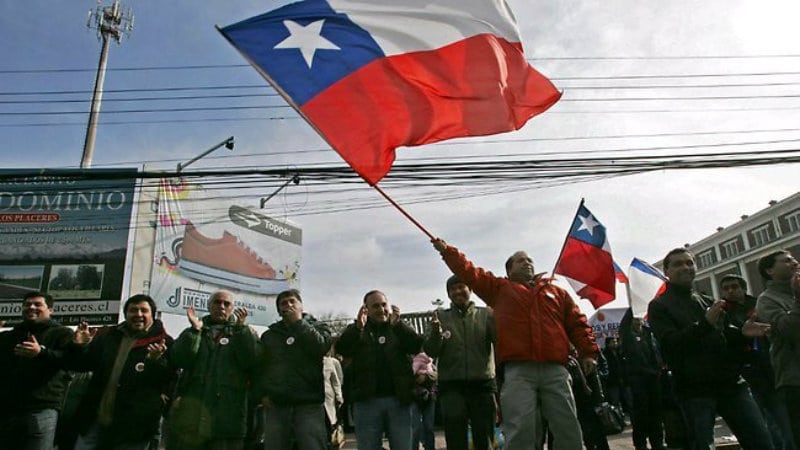
By Kendall Thiele
SANTIAGO — Coquimbo has become the third worst region of Chile regarding unemployment following La Araucanía at 8.6 percent, and Tarapacá at 8.3 percent.
Latest unemployment data provided by the National Institute of Statistics (NIS) within the moving quarter, November 2016 and January 2017, shows 8.1 percent unemployment for the region of Coquimbo, Bio Bio Chile reported.
The region registered a negative variation of 0.2 percent in the quarter and 0.4 in twelve months while the unemployment rate for Chile is 6.2 percent.
Andres Sánchez, the Regional Ministerial Secretary of Economy to Coquimo and regional director of Production Development Corporation (CORFOR), explains that from now on, the goal is to encourage an increase in investments within the region.
A goal which is being promoted with an announcement from the Central Bank in January, lowering the interest rate with an increase in public investment.
Sánchez says they are working on improving the figure. “We have an investment of $578 billion Chilean pesos (roughly $863 million USD) for the various services of the State, where more than 7 thousand new jobs are projected,” he adds.
According to the NIS regional director in Coquimbo, Marcela Puz, the rate of unemployment rose as a result of the further decline with the occupation (-1.9%) more so than the decline in the labor force (-1.4%). “This reflects a greater pressure on the labor market, which meant a rise in the unemployment rate of 4.2 percent a year,” says Puz.
The sectors that most influenced the decline in employment were in the category of construction at 19.5 percent and mining at 6.7 percent.
Construction, for example, eliminated 6,290 jobs in a year, while the mining sector lost 2,250 jobs. Following closely behind is the field of information and communications, with 2,080 fewer jobs in twelve months.



